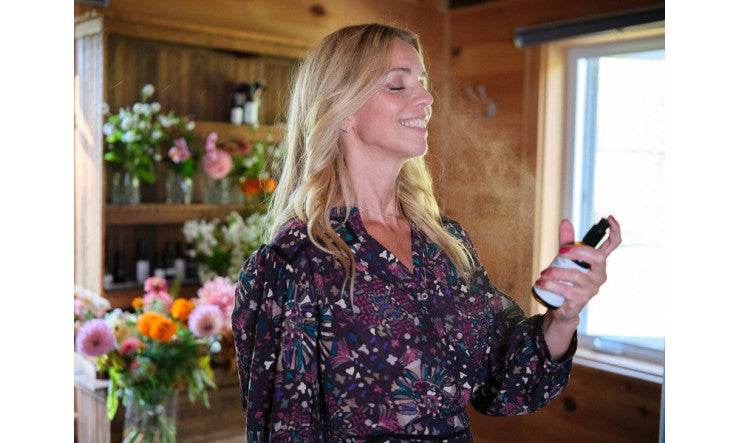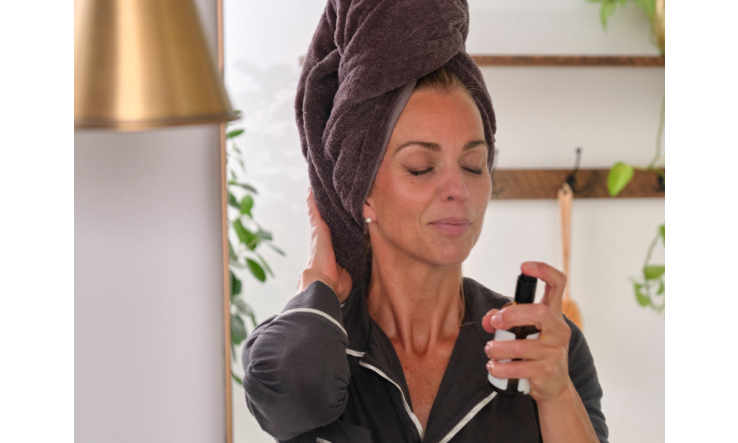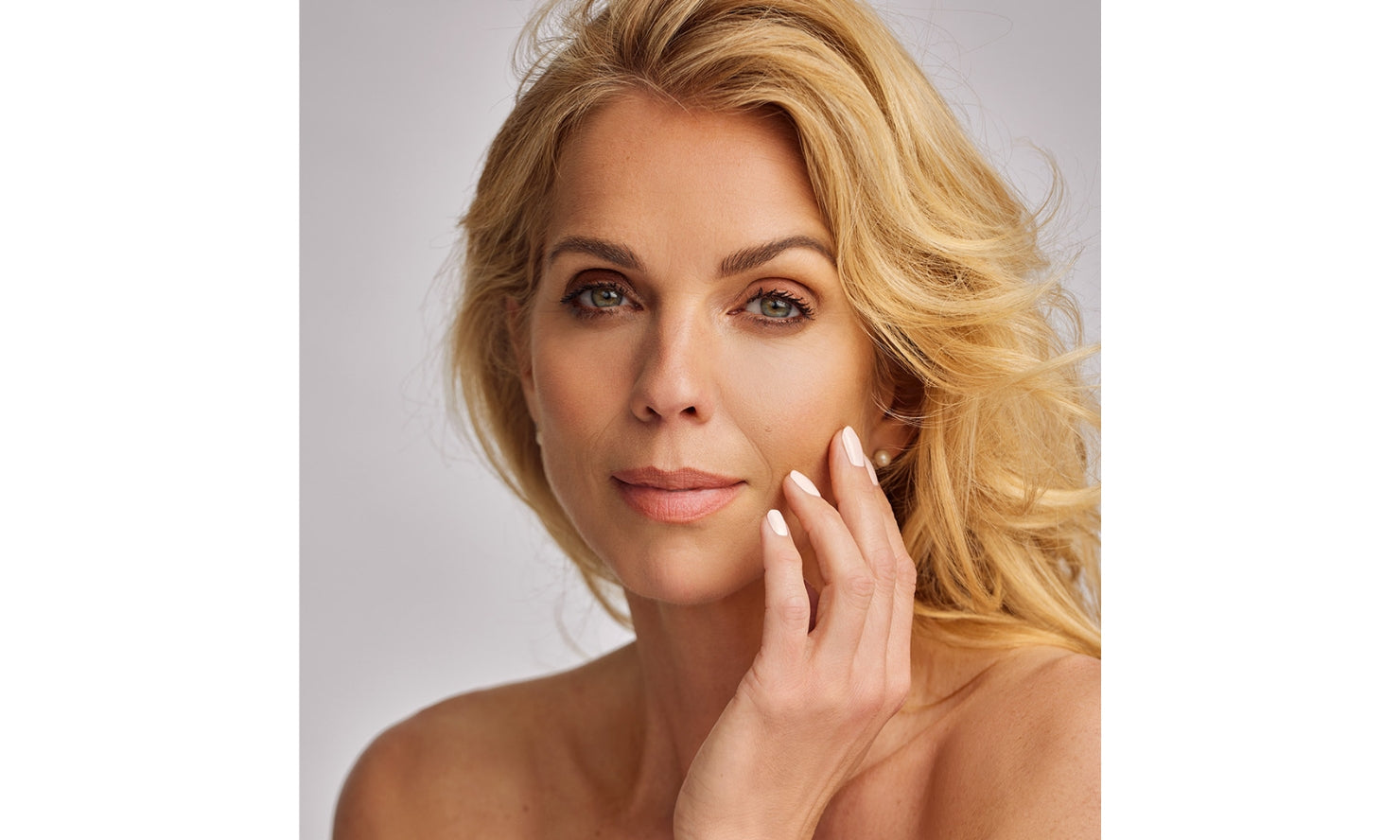As a result of solar irradiation (IR), a stress factor for human skin, high amounts of free radicals are produced in the upper layers of the skin. These free radicals deplete antioxidants, such as carotenoids contained in the skin, to the point of damaging, disrupting, or even destroying them.
The influence of IR irradiation as a stressor on the protective efficacy of carotenoids on human skin was investigated. 1 In this study, measurements of the degradation of skin carotenoids following IR skin irradiation of 12 volunteers aged 25-35 years with two IR sources (standard infrared irradiation = SIR and water-filtered infrared = wIRA) were performed by resonance Raman spectroscopy. These measurements were taken before and after IR irradiation. Also investigated was whether topical application of a formulation containing beta-carotene can effectively protect the skin by neutralizing IR-induced free radicals on the skin surface.
The results demonstrated that topical application of a formulation containing 0.2% beta-carotene increased carotenoid concentrations by an average of 1.75 ± 0.29 times in all volunteers. Prolonged topical application of a low concentration of beta-carotene is more effective in protecting the skin from free radicals. Free radical neutralization could be further increased if mixtures of different antioxidants at optimal concentrations were applied.
The absence of influential stressors, along with antioxidant-rich supplementation, is thought to increase the antioxidant network of human skin. Antioxidants can protect not only the skin but also the topically applied formulation (as a component of the product). Tocopherol, for example, is an antioxidant frequently used in topically applied products as a free radical scavenger. Moreover, several studies have evaluated the ability of systemically (orally) administered beta-carotene to protect the immune system and DNA from UV-induced free radical damage.
Reference :
1. Maxim E. Darvin, Joachim W. Fluhr, Martina C. Meinke, Leonhard Zastrow, Wolfram Sterry, Juergen Lademann, Topical beta-carotene protects against infra-red light–induced free radicals. Wiley Online Library, 21 January 2011 https://doi.org/10.1111/j.1600-0625.2010.01191.x
Note: Hyperlinks to other sites are not updated continuously. It is possible that a link may no longer be found. Please use the search tools to find the desired information.
Maison Jacynthe disclaims all liability. All information contained in this article is not intended to replace justified allopathic treatment or disregard the expertise of the medical profession. It is up to each individual to take charge of their own health, to inform themselves, and to make the necessary changes to improve their condition. Therapeutic supervision by a qualified healthcare professional is strongly recommended.


































































Leave a comment